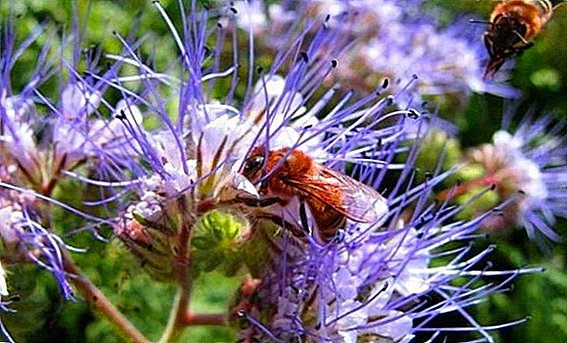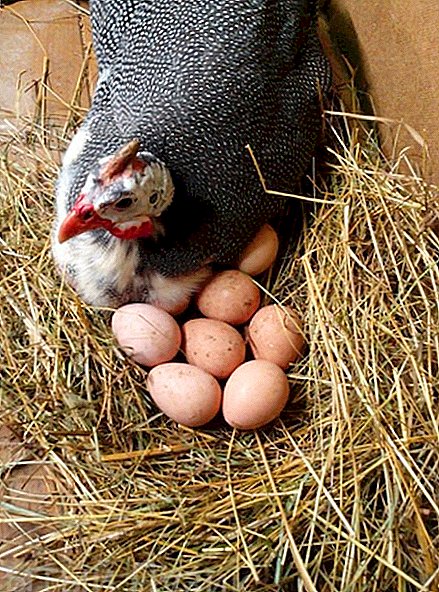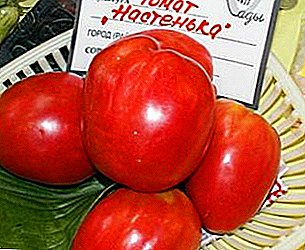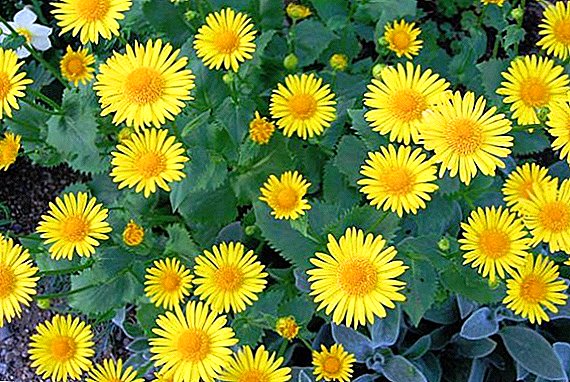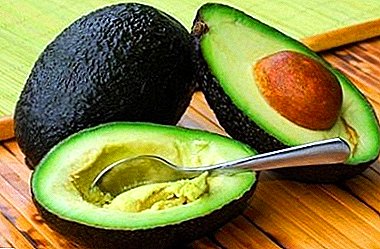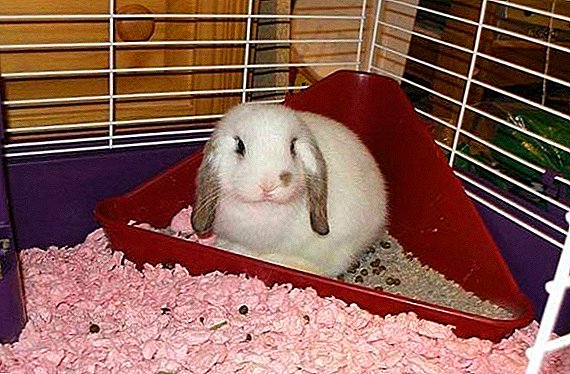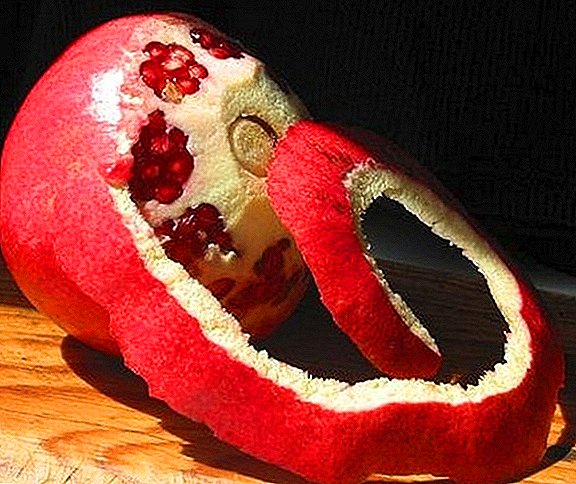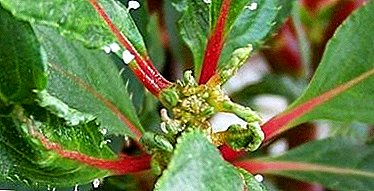
Houseplants are often exposed to a variety of diseases and are affected by pests. Balsam is no exception.
Improper or inadequate care often results in the flower getting weaker and becoming susceptible to disease.
To avoid diseases and pests, you need to know how to quickly calculate the infection and prevent it or cure it.
Flower diseases
Plant refers to perennials. In common, it is also called Vanka wet, Impatiens and Diligent Lizzy. Its stems are rather fragile, the leaves have an oval shape with jagged edges. Their color varies from green to brownish-purple. The flowering period is from May to December.
The main pests on Balsamina are insects such as whitefly, spider mite, thrips and rat claws.
As for diseases, it is gray mold or other fungal diseases caused by excessive moisture.
Why balsam leaves fall - what to do?
As with many representatives of this species, the leaves fall due to hypothermia and lack of light. If the plant is on the windowsill, then it must be moved to a warmer place, but with sufficient lighting.
Also, the problem may occur due to irregular watering. If the land in the pot is dry, then it is worth increasing the frequency of watering.
Why balsam leaves curled - what to do?

Leaf curling is a symptom of the appearance of beetles or spider mites. Infected parts must be removed and the flower itself treated with a special solution.
Why do balsam leaves turn yellow?
Yellowing of the leaves can be caused by a lack of moisture or the appearance of a spider mite.
It is necessary to adjust the frequency of watering and process the leaves from this pest, first making sure that it appears.
Why do Balsam buds fall?
Balsam drops the buds when overdrying or over-wetting occurs.
Buds may fall off during the adaptation period, when it was recently purchased and is trying to adapt to new conditions.
Dry leaves at Balsam - what to do?
So the plant feels the lack of moisture. It is necessary to increase the frequency of watering.
Stems are being pulled
Stems are drawn out due to lack of light and excessively high temperature of the air in the room.
To avoid problems, move the flower to a more lighted and cool place.
Weak bloom
If a plant blooms poorly it means he may lack light and nutrients. Also, the problem may be hypothermia and premature transplantation.
Place the flower in a sunny place where it will be warm enough and feed it with any suitable fertilizer.
Viruses affecting the plant

A flower can usually be affected by only one virus - gray mold. This happens because of excessive watering and high humidity in the room.
Symptoms of gray rot are wilting and falling leaves.
To avoid rotting the roots, adjust the irrigation process and transplant the plant into a pot with new soil, pre-rinsing the roots to get rid of the virus in the soil. Water only after the soil has completely dried.
Balsam Pests
Spider mite
Signs of spider mite are yellow specks on the surface of the leaves. If you do not engage in treatment, then these specks develop into large spots that will be discolored and dry.
Spider mites are small insects that inhabit the inner surface of leaves.
Usually the appearance of spider mites is caused by dry air and elevated temperatures in the room. Therefore, for the prevention, constantly spray the plant with water.
To avoid the spread of the pest, the affected parts of the flower must be removed. If the lesions are still light, you can wash the leaves with soapy water or mineral oil.
If the disease is already strong enough, the leaflets need to be processed. “Phytoterm”, “acarin”, “vertimec”, “lightning” or other preparations.
White fly
The whitefly is a small insect, two to three millimeters in size with white wings, the insect larvae are also white in color and they do the most harm.
The disease can be seen by the yellowing of the leaves and the presence of specific sticky secretions on them; you can also see insects on the inside and outside of the leaves.
To resist the whitefly, the leaves are treated with special means, based on potash soap or other preparations: “Aktellik”, “spark”, “biotlin”, “tanrek”, “bison”, “karbofos”, “inta-vir” and others.
Single claw mites

Multi-claw mites are small transparent-white insects, approximately one third of a millimeter in size.
Symptoms of the appearance of non-claw ticks are hardening and bending of the leaves. They practically do not grow and begin to curl around the edges.
The cause of dysfunctional mites is the increased temperature and humidity in the room.
To prevent ticks, you should regularly check the plant.
If the balsam is already infected, use such drugs to treat it as: "Fitoverm", "lightning", "vertimek", "akarin".
Thrips
The signs of this disease are the deformation of young leaves, because their point of growth is bent under the influence of thrips. Also signs of their appearance is the appearance of spots on the flowers and the browning of the petals along the edges.
Thrips actively appear in the area of flower stamens and are carriers of leaf bronze.
In order to fight thrips, it is necessary to immediately remove infected leaves and flowers. Particular attention should be paid to young plants, because even from the prolonged contact with pests, they can forever be spoiled.
To process a flower from thrips is necessary such drugsas “aktar”, “fufanon”, “aktellik”, “spark”, “tanarek” and others.
Prevention
In order to avoid the occurrence of diseases in the plant, it is necessary to carefully observe its care.
Water the flower in time. Do not overmoisten the soil, observe temperature conditions. The optimum temperature is 12-25 degrees.
To prevent the occurrence of various diseases, feed once every 15–20 days from May to September, and periodically wipe the leaves with soapy water, and then wash them with a shower.
How to reanimate a flower?
For  In order to reanimate an already damaged flower, it is necessary to remove the infected areas. The plant itself must be treated with special preparations that help get rid of insects.
In order to reanimate an already damaged flower, it is necessary to remove the infected areas. The plant itself must be treated with special preparations that help get rid of insects.
If you fear repetition, Re-process after 5-6 days. This will allow to get rid of insects that in different phases of the life cycle may be immune to the components of such preparations.
If the problem has become gray rot or rotting roots, then limit watering until the soil is completely dry.
Balsam - rather fastidious, but beautiful indoor plant. Growing it will be easy if you follow all the requirements regarding irrigation, lighting and temperatures.
A photo
Next, you will see photos of diseases and pests of Balsam:




- Below is a list of articles that may be of interest to you:
- Types of Balsam:
- Balsam Waller
- Balsam Camellia
- Balsam Novogvineysky
- Balsam Terry
- Garden Balsam
- Care for Balsamine:
- Balsam Reproduction
- Balsam Blossom
- Proper landing Balsam


